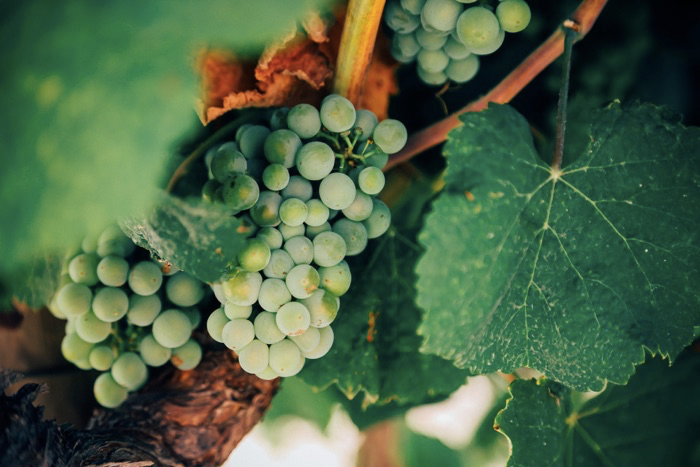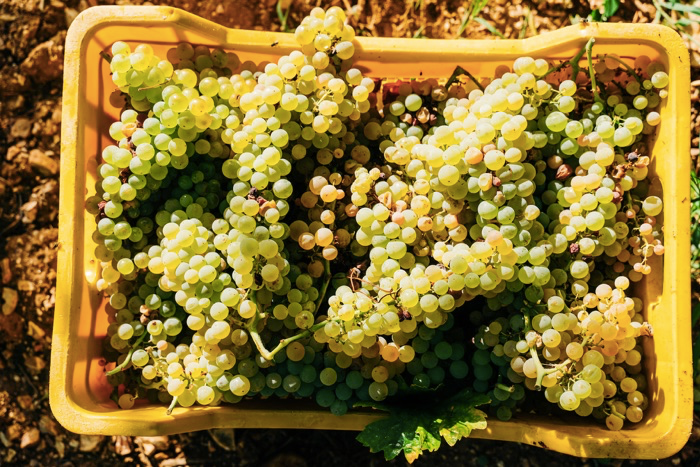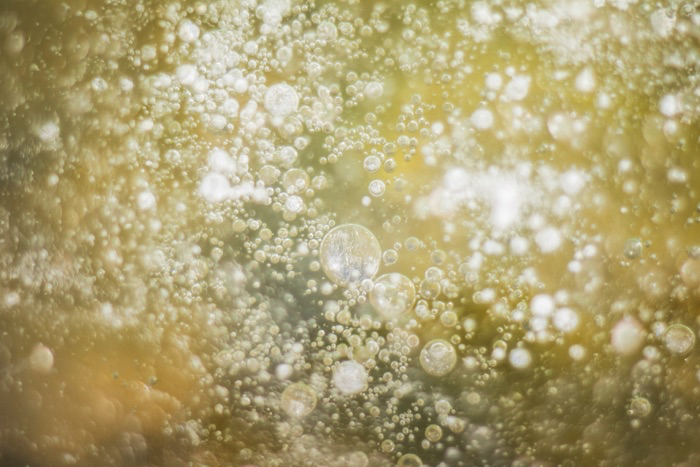Cava Production Process
Discover the Cava production process! From vine to bottle, learn how this sparkling wine is crafted with passion and dedication.

Cava, a sparkling wine hailing from the picturesque region of Catalonia, Spain, has been gaining popularity in the UK market over the past decade. With its crisp and refreshing taste, Cava has become a go-to choice for celebrations and special occasions. But have you ever wondered about the intricate process behind this beloved beverage?
From grape selection to fermentation and ageing, each step plays a vital role in creating the distinct flavours that make Cava so unique.
In this article, we will explore in detail the fascinating cava production process. From the grapes selected for its elaboration, through the harvest and classification, the pressing and the fermentation, to the secondary fermentation in the bottle and the ageing with stirring.
Grapes Used in Cava Production
Cava, a jewel of Spanish oenology, is a sparkling wine made mainly from three varieties of grapes: Macabeo, Xarel·lo and Parellada. These grapes, recognized for their quality and versatility, are carefully selected to ensure the distinctive character of the cava.
In addition to traditional varieties, Chardonnay and Pinot Noir grapes are also used in certain cava strains, adding unique nuances to the final product. The right choice and combination of these grapes are essential to achieve a cava of high quality and exceptional flavour.
Harvest and Sorting
The process of producing cava begins with the careful process of harvesting the grapes. This crucial stage takes place in late summer or early autumn when the grapes reach their optimum point of ripeness. The manual harvest guarantees that the grapes arrive in perfect condition at the winery.

Once harvested, the grapes are meticulously sorted to remove any damaged or immature grapes. This selection ensures that only the highest quality grapes are used in the elaboration of cava, contributing to its refined taste and distinctive character.
Pressing and Fermentation
Once classified, the selected grapes are subjected to the delicate pressing process. The objective is to extract the must, the juice of the grapes that will be the basis for the elaboration of cava. Gentle and controlled pressing is essential to preserve the characteristic flavours and aromas of the grapes.
Then, the obtained must is subjected to alcoholic fermentation. During this process, the yeasts present in the wort convert the sugars into alcohol, releasing carbon dioxide in the process. It is this release of gas that generates the natural bubbles that make cava sparkling and festive wine.
Secondary Fermentation in the Bottle
One of the most distinctive and essential stages in the production of cava is the secondary fermentation in the bottle. Once the alcoholic fermentation has taken place, the cava is bottled together with a special blend known as "tirage liqueur".

The "tirage liqueur" is composed of selected yeasts and a small amount of sugar. This liqueur allows the cava to generate its natural bubbles while fermenting for the second time in the bottle. This fermentation in the bottle adds complexity and elegance to the cava, developing its characteristic flavours and aromas.
Ageing and Removal
After secondary fermentation, the cava enters the ageing stage. The bottles of cava are placed horizontally on special supports known as "rhymes". During this ageing period, residual yeasts accumulate in the neck of the bottle.
The ageing time can vary from a few months to several years, depending on the type of cava and the desired result. The longer the bottles are kept in a horizontal position, the greater the complexity and character of the final cava.
Finally, it is time for removal, a delicate and precise stage. The bottles are manually rotated so that the yeasts accumulated in the neck of the bottle move towards the cap. Then the neck of the bottle freezes, and when uncapped, the pressure expels the settled yeasts.
The Excellence of Cava
Cava is much more than a sparkling wine; It is the result of an artisanal and dedicated process that culminates in a unique sensory experience. Each sip of cava gives us the celebration of centuries of winemaking tradition, reflecting the art and passion of those who produce it.
Its effervescence, aromas and distinctive flavours make cava an elegant and festive choice for any special occasion or celebration.
FAQs
How long does it take to produce cava?
The production process for cava typically takes around 9-36 months, depending on the desired style and quality.
What food pairs well with cava?
Cava pairs well with a wide range of foods including seafood, tapas, salads, and cheeses due to its refreshing acidity and versatility.
Is Cava as good as Champagne?
While personal preference plays a role, many people find Cava to be an excellent alternative to Champagne at a more affordable price point.
Can I visit a cava cellar or winery in Spain?
Absolutely! Many cava producers offer tours and tastings at their cellars or wineries where you can learn more about the production process and sample different varieties of this delightful sparkling wine.
You May Be Also Interested in
- What is Cava?
- Where is Cava From: Cava Wine Regions
- The Art of Cava Tasting
- Choosing the Right Cava Bottle
- Cava Cocktails and Mixology
- Cava Wine and Celebrations
- Best cava brands
- Best Brut Nature Wines